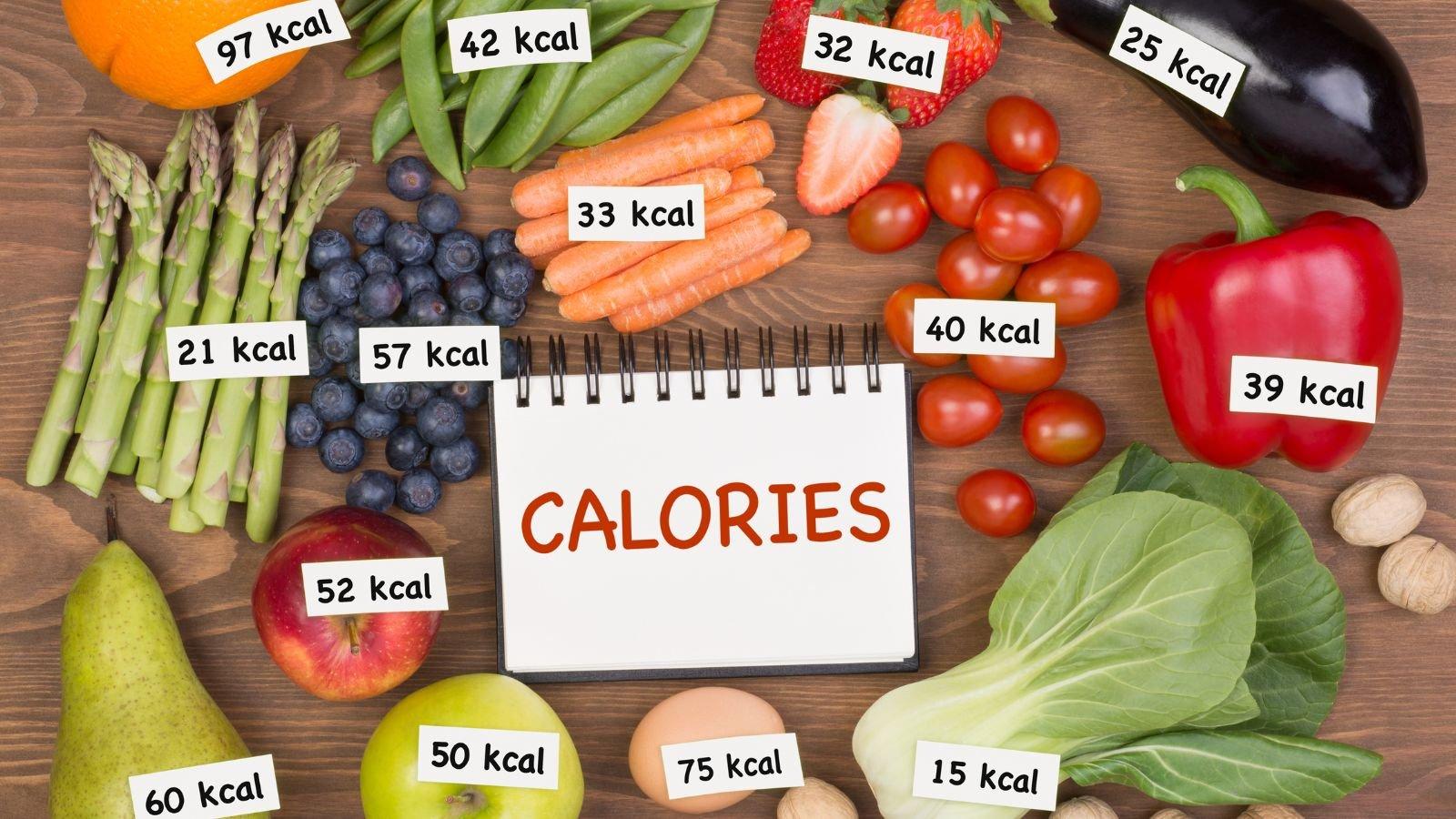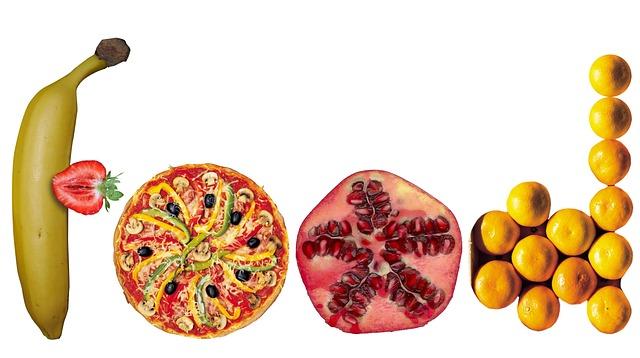Creating a calorie deficit is a fundamental strategy for weight loss, but it doesn’t have to mean enduring hunger pangs or depriving yourself of the foods you love. In this guide, we will explore effective and sustainable methods to reduce your calorie intake while maintaining a satisfying and nutritious diet. Armed with the right knowledge and strategies, you can achieve your weight loss goals without feeling starved or deprived. Let’s delve into practical tips and lifestyle adjustments that empower you to create a calorie deficit in a healthy, balanced way.
Understanding Your Caloric Needs for Sustainable Weight Loss
Achieving a calorie deficit is essential for weight loss, but it doesn’t mean you have to endure constant hunger. The key is to focus on quality over quantity, ensuring that the calories you consume are packed with nutrients. Begin by calculating your Basal Metabolic Rate (BMR), which is the number of calories your body needs to maintain basic functions while at rest. From there, factor in your activity level to determine your Total Daily Energy Expenditure (TDEE). This number will serve as a guide for how many calories you should consume to maintain your weight. To create a deficit, aim to reduce your intake by 500-750 calories per day, which can lead to a sustainable weight loss of about 1-2 pounds per week.
- Fill your plate with nutrient-dense foods: Opt for vegetables, lean proteins, and whole grains that provide essential nutrients while keeping you full.
- Prioritize protein: Protein not only helps build muscle but also increases satiety, helping you feel fuller longer.
- Stay hydrated: Sometimes our bodies confuse thirst with hunger, so ensure you’re drinking enough water throughout the day.
- Mindful eating: Pay attention to hunger cues and eat slowly, savoring each bite to prevent overeating.
- Incorporate physical activity: Even moderate exercise can boost your calorie deficit without making you feel deprived.

Incorporating Nutrient-Dense Foods to Stay Satiated
Achieving a calorie deficit doesn’t mean you have to endure hunger pangs. By incorporating nutrient-dense foods into your meals, you can stay full and satisfied while consuming fewer calories. These foods are rich in essential nutrients but low in calories, making them ideal for weight management. Focus on whole foods that provide a balance of macronutrients and micronutrients.
- Leafy Greens: Spinach, kale, and arugula are not only low in calories but also packed with vitamins, minerals, and fiber.
- Lean Proteins: Chicken breast, tofu, and legumes help maintain muscle mass and keep you feeling full longer.
- Whole Grains: Quinoa, brown rice, and oats are excellent sources of complex carbohydrates and fiber.
- Healthy Fats: Avocados, nuts, and seeds offer satiety and are essential for nutrient absorption.
- Fruits and Vegetables: Incorporate a variety of colors to ensure a wide range of nutrients and antioxidants.
By filling your plate with these nutrient-rich foods, you can create a satisfying meal plan that supports your health goals without the struggle of feeling deprived.

Balancing Exercise and Diet for Optimal Calorie Deficit
Creating a calorie deficit effectively requires a strategic balance between physical activity and nutrition. It’s essential to recognize that both exercise and diet play crucial roles in achieving your goals without depriving yourself of necessary nutrients. Start by incorporating regular physical activities that you enjoy, such as walking, cycling, or dancing. The key is to stay active consistently, which helps burn calories while maintaining your metabolic rate.
On the dietary side, focus on nutrient-dense foods that provide satiety and essential vitamins. Here are some tips to help maintain a healthy balance:
- Prioritize protein: It keeps you full longer and aids in muscle repair.
- Opt for whole grains: These provide fiber and energy without excessive calories.
- Fill up on vegetables: They’re low in calories and high in nutrients.
- Stay hydrated: Sometimes thirst is mistaken for hunger.
- Practice mindful eating: Listen to your body’s hunger cues to avoid overeating.
By thoughtfully combining exercise with a well-rounded diet, you can create a sustainable calorie deficit that supports your health and fitness objectives.

Implementing Mindful Eating Techniques to Avoid Overeating
Embracing mindful eating can be a game-changer when it comes to managing your calorie intake without feeling deprived. This approach focuses on being fully present during meals, enabling you to recognize hunger cues and prevent overeating. Here are some effective techniques to incorporate into your daily routine:
- Eat Slowly: Take your time to chew each bite thoroughly, savoring the flavors and textures. This not only enhances your dining experience but also allows your body to signal fullness before you’ve consumed too many calories.
- Eliminate Distractions: Turn off the TV, put away your phone, and focus on your meal. By paying attention to what you’re eating, you’ll become more aware of portion sizes and satisfaction levels.
- Listen to Your Body: Learn to differentiate between physical hunger and emotional cravings. Ask yourself if you are truly hungry or just eating out of habit or stress.
- Portion Control: Serve smaller portions and use smaller plates to create the illusion of a fuller plate. This simple trick can help you consume fewer calories while still feeling satisfied.
- Stay Hydrated: Often, we mistake thirst for hunger. Drinking a glass of water before meals can help prevent unnecessary snacking and reduce overall calorie intake.
By integrating these mindful eating techniques into your lifestyle, you can create a sustainable calorie deficit that supports weight loss goals while still enjoying your meals. The key is to be patient with yourself and remain consistent in practicing these habits.
